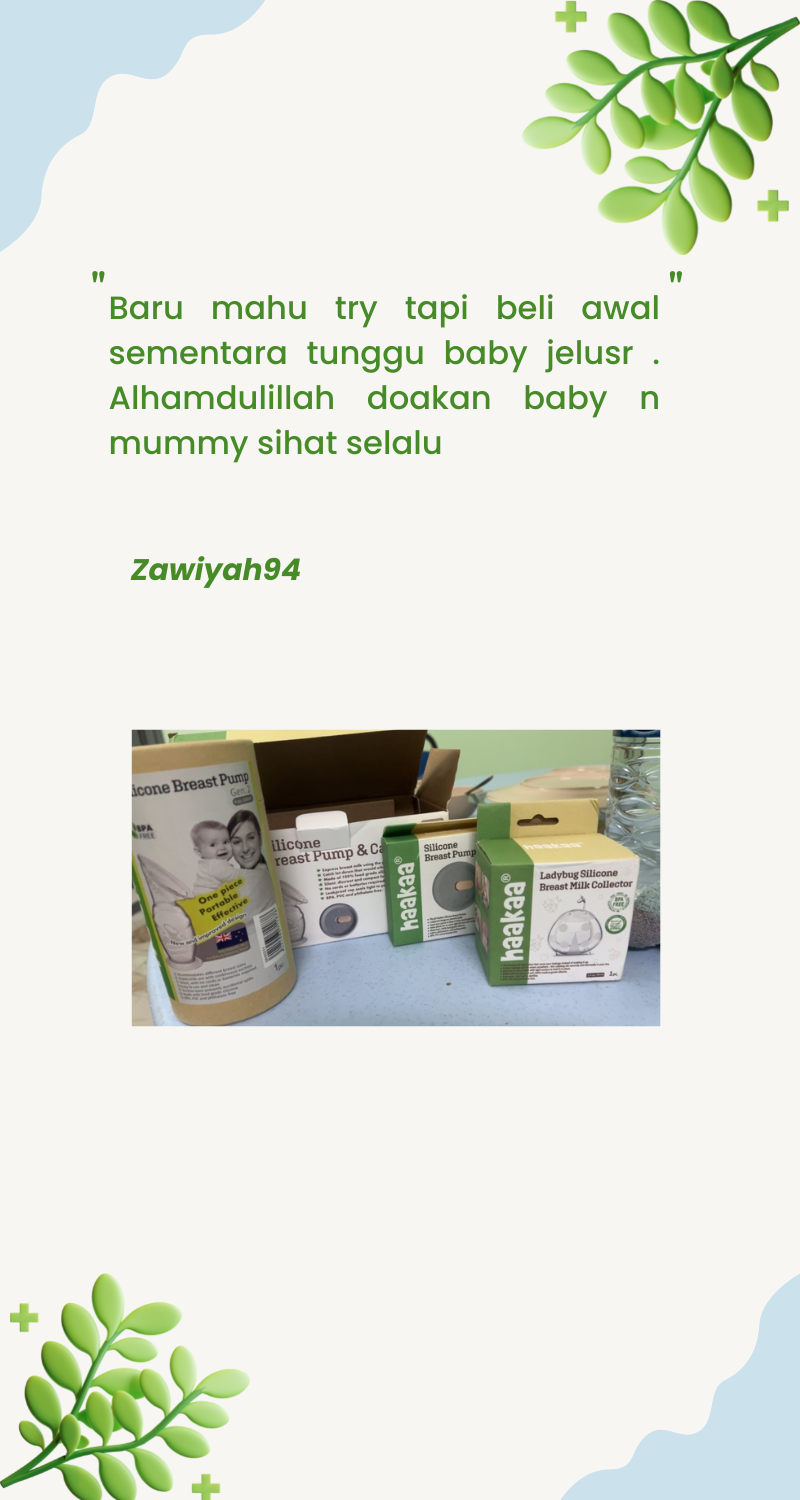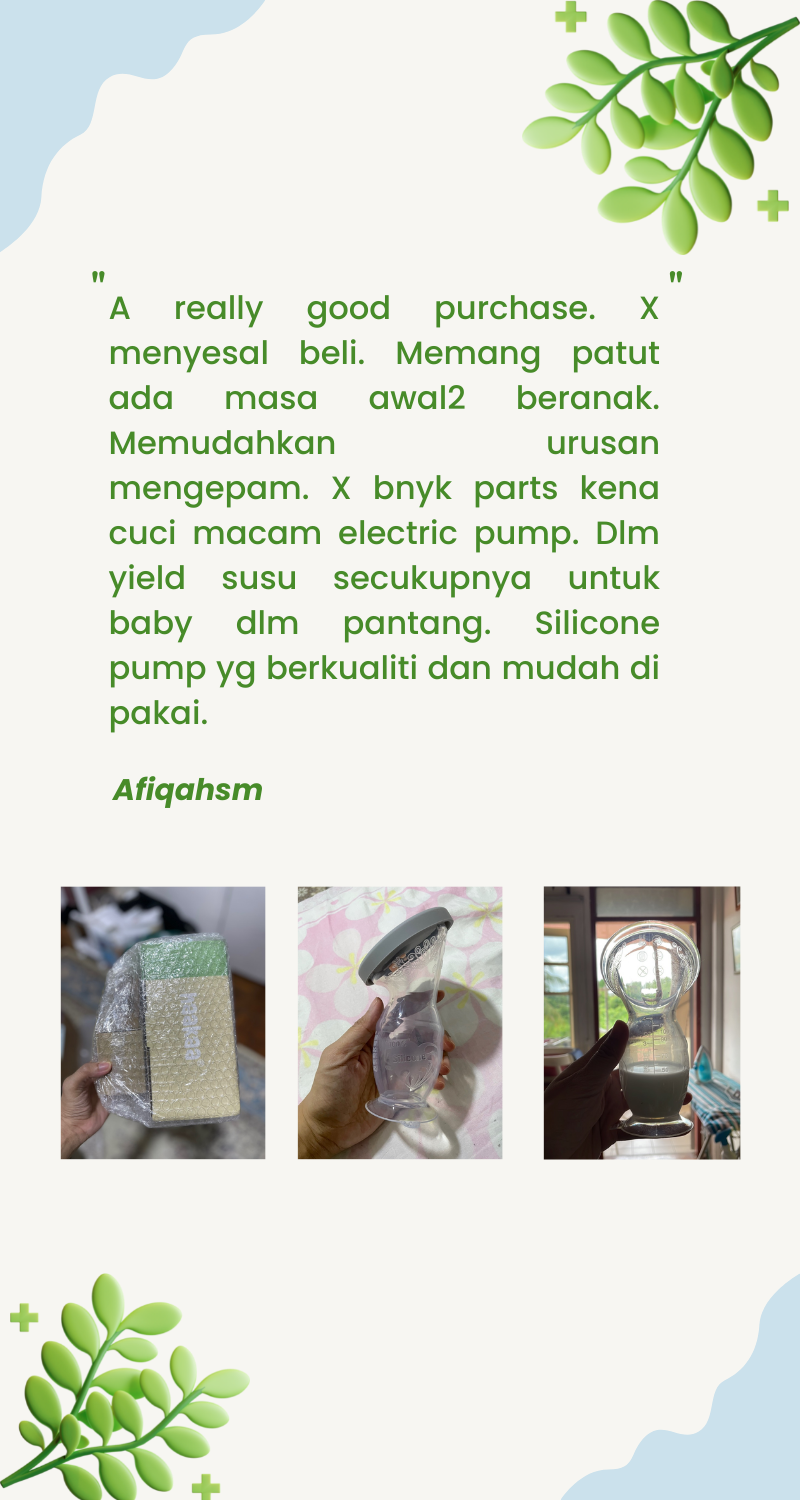
Written by midwife Aliza at Bumpnbub.
Every mama looks forward to feeling her baby move inside the womb.
Anywhere from 16-24 weeks pregnant, you will begin to identify the movements of your baby - from the first movements feeling like flutters or butterflies in your tummy to big kicks and summersaults. As your pregnancy progresses and bub grows bigger, the movements will increase in strength and become more frequent. By 26 weeks pregnant, your baby should move in a recognizable pattern, meaning there are certain times of the day that he/she is the most active. This may be in the morning, after you eat or when you lay down at night. It is very important to identify this pattern so you can notice if your baby isn't moving in their normal pattern or not moving at all. One of the most important things in pregnancy is to be aware of your baby's movements and know what to do if you have any concerns.

Why Bub's Movements Are Important
Your baby's movements are the BEST indicator of how your baby is doing and coping inside. If your baby is kicking away in the womb and moving as per their normal pattern, this shows they have a good blood supply and are healthy. Bubs movement pattern reflects their neurological development and maturation in utero. Maternal perception of baby's movements has been used as a tool to assess their wellbeing for many decades. A change in your baby's movement can be caused by a number of factors, including; growth restriction (caused by a problem with the placenta), amniotic fluid volume is less or more than normal, use of medication, drugs or smoking. A change in bub's movement can be a sign they are unwell and conserving energy; therefore, reduced movements are often a warning sign of adverse outcomes, including premature birth or stillbirth. If bub has sluggish movements, decreased movements or is not moving at all, this may be a sign that bub is unwell and it is extremely important to attend your local hospital pregnancy assessment centre as soon as possible.

Safer Baby Bundle in Australia
The Safer Baby initiative can be accessed online and includes the latest research to help women, families and health professionals reduce the risk of stillbirth. Monitoring your baby's movements is one of the five important ways to reduce the risk of stillbirth. The Safer Baby Bundle also discusses other ways to reduce stillbirth; sleeping on your side, stopping smoking as soon as possible, having regular check-ups to monitor baby's growth and discussing the appropriate timing of bub's birth with your healthcare provider. The safer baby bundle also encourages sharing information regarding your baby's movement with your partner, family and friends so they understand the importance of movements and how it can prevent stillbirth.
Stillbirth is the devastating and tragic loss of a baby after 20 weeks gestation, or over 400 grams if the gestation is unknown. Statistics state that six babies pass away from stillbirth per day in Australia, or 1 in every 130 pregnancies. Nearly half of the unexplained stillbirths occur close to full term, with the majority of women who had a stillbirth noticing their baby's movements slowed down or stopped prior to bub passing. This is a big reminder to act quickly if your baby's movements have changed.

How Safer Baby Bundle Helps Reduce Stillbirth
Safer Baby Bundle is all about education and providing evidence-based information to the community in all different forms. The aim is for mums to know the importance of their bub's movements, signs of abnormal movements and where and when to get assistance if needed. There is a guide on their website to help you get to know your baby's movements - https://stillbirthcre.org.au/parents/safer-baby/movements-matter/.
Being aware of your baby's movements is one of the simplest things you can do to keep your baby safe and healthy. Getting to know the pattern that your baby moves is the one way you can determine that they are well and happy. The easiest way to learn the pattern of your baby's movements is to choose a time of the day that bub is normally active and concentrate on their movement. Some women like recording their bub's movements through a phone app to keep track, which also reminds you to check on their movements. If bub is unwell, they will conserve energy and not move as much or not at all. This is generally the first warning sign that there is something wrong. If bub is moving less than normal or not at all, you need to contact your healthcare provider as soon as possible for assessment.
- Myth 1: It is normal for bub to have ten movements in a two-hour period.
Fact: There is no set number of times your baby should move per hour or per day; it is all about getting to know your baby and what are normal movements for them. - Myth 2: Your placenta is anterior (at the front of the womb), so you won't feel bub's movements as much.
Fact: Regardless of where your placenta lies, you should feel bub moving. - Myth 3: Your baby's movements will slow down at the end of pregnancy because there is less room in the womb.
Fact: Even as your baby grows and gets bigger, their movements should not decrease but may feel different. You should feel bub move right up until the birth, even in labour. Any changes to your baby's movements should be reported to your healthcare provider as soon as possible. - Myth 4: If your baby isn't moving, you should have something to eat or drink.
Fact: Do not delay seeing a health professional by waiting and having something to eat or drink.

What To Do If You Are Concerned About Bub's Movements?
If you are ever concerned about your baby's movements, you need to immediately contact your doctor or midwife. It is common for pregnant women to be worried about their baby's movements at some stage during their pregnancy. Don't feel silly or that you are overreacting by contacting your healthcare provider. Remember, no one knows your baby better than you.
Your midwife or OB will very likely ask you to attend your local hospital for assessment. Firstly, they will look at your pregnancy history and ask you the details of how bub's movements have changed. Then with your consent, a cardiotocograph (CTG) monitor will be applied to your belly to monitor bubs heart rate over a period of time, normally 30-60 minutes or sometimes longer. Your midwife or OB will assess the CTG trace and conclude if it is normal or abnormal, which can indicate if bub is well or unwell. A blood test and ultrasound scan may also be recommended if you have not had one recently. An ultrasound can be used to measure your baby's growth, assess the blood flow through the placenta, check the amount of amniotic fluid present and look at bub's organs, including the heart, to ensure everything is normal.
Points To Remember:
● Get to know your baby's movement throughout your pregnancy by lying down in a quiet place, relaxing and focusing on their movements.
● Don't delay in contacting your hospital or healthcare provider if the baby is not moving in their normal pattern or not moving at all.
● You are never a nuisance for calling your midwife or attending hospital to get checked.
● Notify your healthcare provider as soon as possible so investigations can be conducted in a timely way.
● Trust your baby and your body, and know when and where to seek help.
Resources
Stillbirth Foundation Australia - https://stillbirthfoundation.org.au/understanding-stillbirth/
Raising Children's Network, Stillbirth: reducing the risk - https://raisingchildren.net.au/pregnancy/miscarriage-stillbirth/stillbirth-and-neonatal-death/stillbirth-reducing-the-risks
Stillbirth Centre of Research Excellence, Movements Matter - https://stillbirthcre.org.au/parents/safer-baby/movements-matter/
Red Nose Australia, Information statement Decreased Baby Movements - https://rednose.org.au/downloads/RedNose_infostatements_StillbirthP_BabyMovements_June21.pdf







